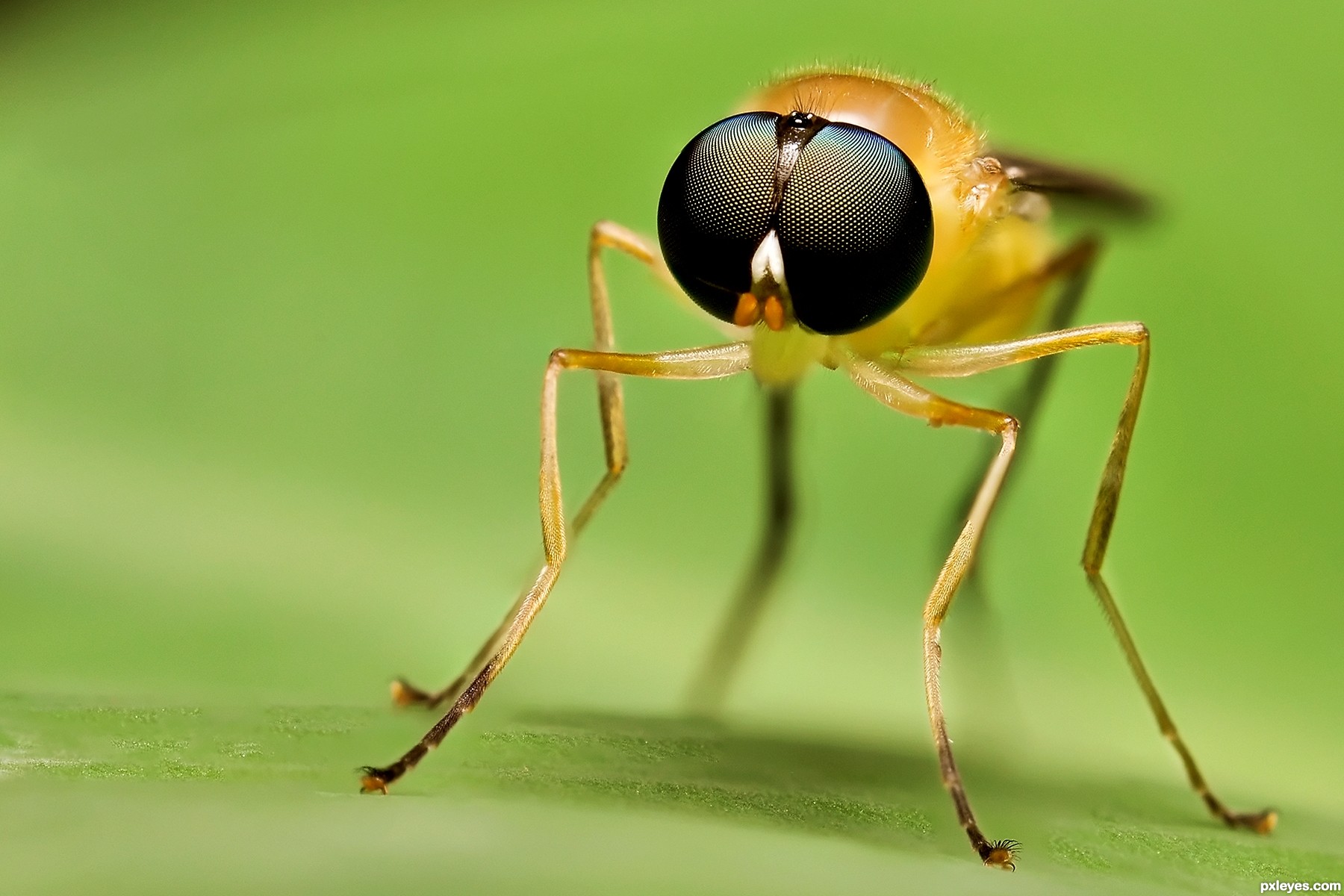

#Photostack macro software
But the slider and dedicated post-processing software allow for a far greater degree of control over the final image.Īdditionally, if you're not using those Olympus and Panasonic cameras, you don't necessarily need to use a dedicated macro lens a standard kit lens and some extension tubes can work very well to get you started. Many digital cameras, including a variety of Olympus and Panasonic models, even offer the ability to do all the focus stacking internally by automatically re-focusing the lens and blending the images in-camera. Strictly speaking, focus stacking doesn't require complicated equipment like a slider. What type of equipment is used, typically?

#Photostack macro iso
This stack of 30 images (55mm F8, 1/60th, ISO 800) was blended in Helicon Focus taken under constant LED lighting. However, I'm never one for the easy way out, so I decided to investigate further. For starters, moving the entire camera could introduce errors with perspective and isometric distortion. Using a slider for focus stacking does present some potential problems. Could this be used for focus stacking in combination with a time lapse sequence? The other part of this equation is that I’ve been using Edelkrone equipment for a couple of years now and I’ve always been intrigued by the fact their small motorized slider ( SliderOne V2 $499) has a minimum travel distance of 0.222 μm. The 30 frames were then blended in Helicon focus. This pile of screws was shot 1:1 with the 7 Artisans 60mm Macro ( F8 at 1/60th and ISO 800). While not really specifically meant for 1:1 macro work, they come in handy when shooting product shots as they let you focus a lot closer to the product (as opposed to without them). The images were blended in Helicon Focus.Ībout 18 months ago I bought a set of budget Neewer extension tubes to use with my Sony a7 III and Sony a6300. The camera was a set to 1/25th at ISO 100. This watch shot was comprised of 50 images taken with a Sony a6300 and 18-55mm lens at F7.1. It can be used for multiple types of shots, but is typically used with close-ups or macro images. At the time I thought my macro shooting days were behind me.īut then I became interested in focus stacking, which is a technique used to blend several images focused at different points so that the depth of field can be increased beyond that of a single image. Then a couple of years ago I sold my seldom used 100mm F2.8 Sony macro lens when I moved from Sony A- to Sony E-mount. Like a lot of people, I’ve always had an interest in macro photography, which unfortunately never really developed into anything more than the odd shot of a flower or two.

A Sony a6300 and an Edelkrone motorized slider: interesting marriage of technique and technology?


 0 kommentar(er)
0 kommentar(er)
